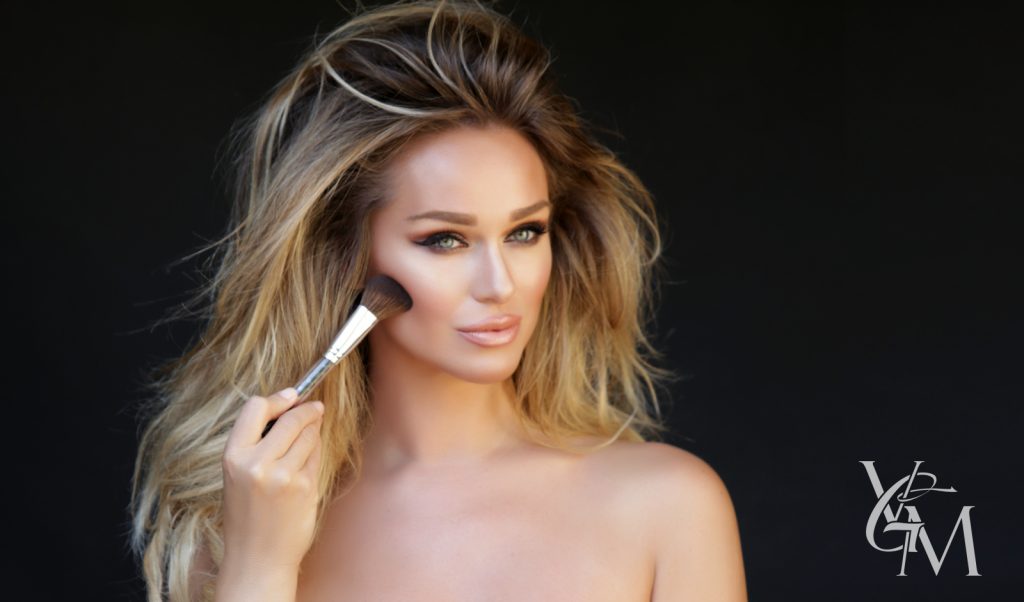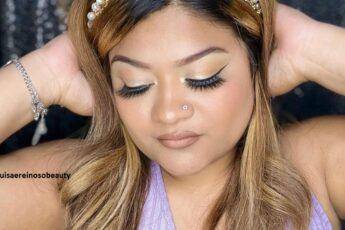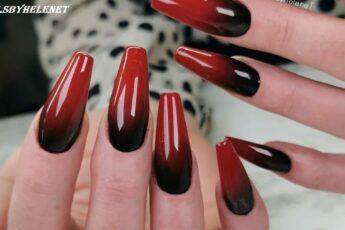Is Your Makeup Not Sitting Right on Your Skin? 6 Things to Try

Have you ever looked in the mirror horrified at the end of the day by how your makeup looks? Believe it or not, several things impact how well your makeup goes on your skin and how long it lasts. From your makeup products to your overall technique when applying makeup, you might be making some critical mistakes.
Thankfully, there are things you can do to make sure your makeup looks fresh all day. In this article, we provide a few tips for getting your makeup to sit right on your skin:
1. Treat Your Skin
Do you struggle with acne-prone skin? If so, that might be the reason your makeup isn’t sitting right. Pimples, blackheads, and whiteheads, can become inflamed and difficult to cover even with makeup. Not to mention, some people with sensitive skin find their acne worsens after using certain makeup products. That’s why it’s important to treat your skin and the cause of your acne first.
If you’ve been struggling with acne for a while, you’ve probably tried your fair share of products. Maybe you’ve found products that are great at reducing inflammation or even streamlining the healing process. But have you found anything that keeps acne at bay?
If not, consider scheduling an appointment with a dermatologist. Not only could a doctor recommend acne treatments, but they can get to the root of your acne.
2. Pay Attention to Products
If there’s one thing you should remember, it’s that all products aren’t created equally. That’s because everyone’s skin is different and responds uniquely to certain products over others. That’s why it’s so important to pay attention to your skin and how products interact with it.
When choosing your makeup, look for products with the right formula for your skin type. For example, let’s say you have oily skin. You should probably use a powder foundation, or an oil-free liquid foundation instead of traditional liquid products. You should also look for mineral foundations as they’re made from natural materials and less likely to cause breakouts.
The makeup products you need vary based not only on your skin type but on skin color and preference as well. The only way to figure out what works is by doing your research. Spend some time looking into different products and reading the reviews. Sometimes it takes a few rounds of trial and error to find what works for you.
3. Prepare Your Skin
Believe it or not, you can’t just throw makeup on your skin and expect it to last all day. Your skin needs to be prepped. If your skin is oily, dirty, or filled with bacteria, your makeup won’t go on smoothly. Not to mention, putting makeup on dirty skin could cause acne. Make sure you wash your skin thoroughly before applying makeup.
Consider using a cleanser to wash away dirt and excess oil. Then use a toner to help smooth out your skin and create a brighter appearance. Some people like to exfoliate their skin before applying their toner, but that can be too harsh if you have sensitive skin. Not to mention, you shouldn’t exfoliate every single day.
After toning (and maybe exfoliating), apply moisturizer to your skin and neck. While this might seem like a lot, you want your skin clean and clear before you apply makeup.
4. Use Setting Spray
Another way to prepare your skin for makeup is by using a setting spray. Think of it like hairspray for your skin, except you don’t have to wait until your makeup is complete to spray it.
Using a setting spray before applying your makeup can help hold your makeup together. Believe it or not, foundations and other makeup products go on smoother when they’re a bit damp. By adding a little hydration to your skin with setting spray, your product won’t appear lumpy or uneven. After you’re done, go ahead and use the setting spray again to keep your makeup in place.
While we’re recommending you use the setting spray twice, this doesn’t mean you should go crazy. You don’t want your skin soaking wet before applying makeup. Simply give a few sprays to your face, starting at your forehead and ending at your child.
5. Focus on Foundation
There’s a common misconception that foundation should be applied all over your face. Sorry, but this isn’t necessarily the case.
The purpose of foundation is to cover flaws and help create an even complexion. It should only be applied to specific areas of your skin where you have redness, blemishes, or pigmentation. After applying, blend the foundation to match the rest of your skin.
If you’re putting foundation all over your skin like a moisturizer, it’s no wonder the foundation isn’t sitting correctly. You’re using too much.
Something else to consider with foundation is how you’re applying it. One of the biggest mistakes people make is rubbing the foundation onto their skin. Doing this creates streaks. Instead, gently tap foundation into your skin. You can use your fingertips to do this, a makeup brush, beauty blender, or another type of applicator. What matters isn’t what you use, but how you use it.
6. Reduce Your Products
Speaking of applying too much at once, there’s such a thing as using too many products on your skin.
For instance, let’s say you like to put moisturizer or sunscreen on before applying your makeup. While moisturizer and sunscreen are never bad ideas, you don’t want to apply them at the same time as your foundation. If you do, your makeup is just going to slide right off.
If you’re using skincare products, wait several minutes before applying makeup so they have enough time to sink into your skin. You could also choose to skip certain skincare products. For example, if you’re applying makeup in the dead of night, slathering on sunscreen ahead of time probably isn’t necessary.
You should also take a good look at your makeup products. You may think you need a handful of different products to achieve that flawless makeup look. But that’s not true. Less is more when it comes to applying makeup. Don’t forget that.
Contrary to popular belief, not everyone with flawless-looking makeup woke up knowing how to achieve that look. It takes time, patience, and a lot of trial and error to find the right products for your skin. The good news is, the tips above will help you get started.





Leave a Comment